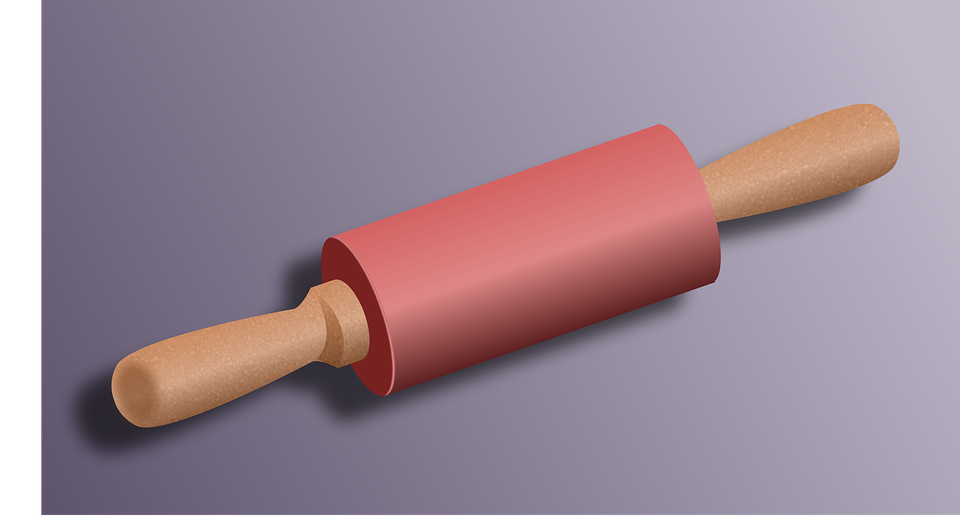Tampa 401k Rollover Financial Advisor
Rollovers are transfers of funds from one plan to another (from one company or Keogh plan to another, from a company or
Keogh to an IRA, or from one IRA to another, or from an IRA to a company or Keogh plan.
Rollovers are usually distributions from a company or Keogh plan that are put into an IRA. You might do this (1) to transfer
control of the funds from your employer to yourself or (2) because your employer forces the distribution when you leave so
as to close its books on your plan participation. In your own Keogh plan, you might make the rollover as part of a decision to
terminate your plan or your business.
Rollovers can be made from one IRA to another.
Apart from Roth IRA situations, these are usually done to expand investment options or to create several IRA accounts.
Rollovers also can be made from one pension, profit-sharing or 401(k) plan to another or between types of plan.
This might happen if you change jobs or set up a new Keogh plan because of starting a new business after you retire.
Rollovers from company or Keogh plans preserve the retirement plan tax shelter while postponing retirement distributions,
thereby often prolonging the tax-free buildup of retirement funds.
Rollovers are tax-free when properly handled, but consider these qualifications and exceptions:
- After-tax investments can be rolled over from a company or Keogh plan to an IRA and, in some cases, to defined contribution plans, but not to defined benefit plans.
- You can’t roll over amounts you’re required to withdraw after reaching age 70 ½, or amounts you’re due to receive under a fixed annuity.
If you do the rollover yourself-personally withdrawing funds from one plan and moving them to another-the plan you’re
withdrawing from must withhold tax at a 20 percent rate on the withdrawal.
To avoid tax on the 20 percent withheld, you’ll have to come up with that amount from elsewhere and add it to the rollover
IRA. (The tax withheld can be taken as a credit against the year’s tax liability.)
On the other hand, a direct rollover (having the funds transferred directly from the transferring plan to the receiving plan)
avoids withholding.
While it may be tempting to give yourself a free 60-day loan, it’s generally a mistake to use a 60-day rollover instead of a
direct (trustee to trustee) rollover. If you have the distribution sent to you, the plan is required to withhold 20% of the taxable
amount.
If you want to roll the entire amount of the original distribution over to an IRA at a later date, you’ll need to use other sources
to make up the 20% the plan withheld. Also, you run the risk of inadvertently violating of the 60-day limit.
Have more questions? Need help with your 401k Rollover?
Contact us at 813-964-7100
Email us at info@mintcofinancial.com
Mintco Financial is independent financial firm privately owned. Our team work for you. We are fiduciary financial advisors.
